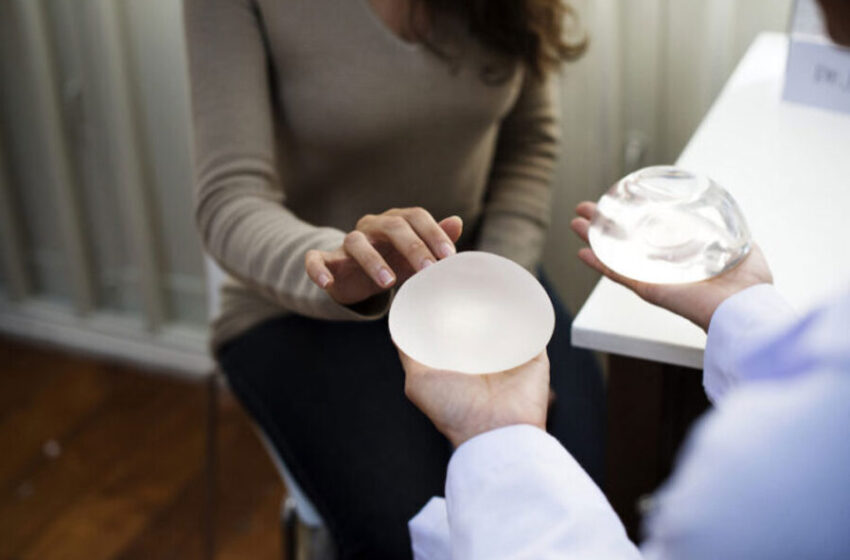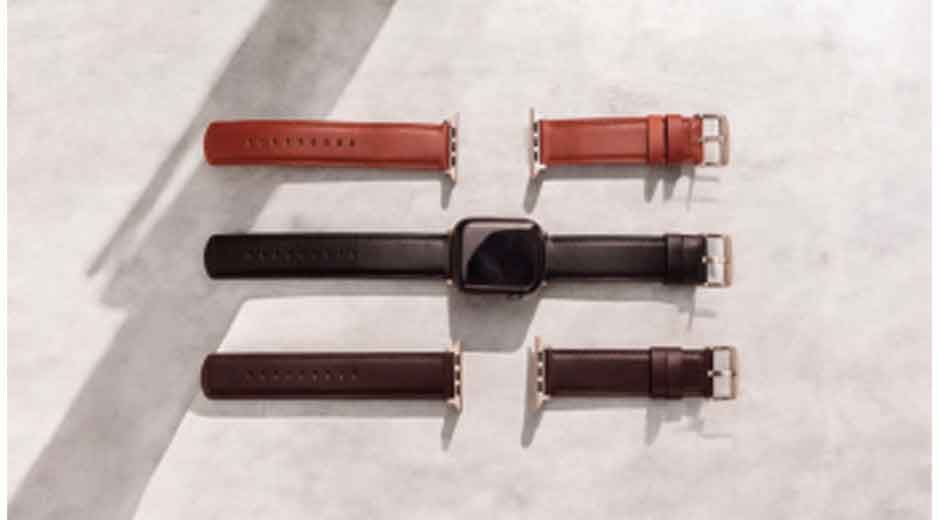What to Expect with Breast Augmentation in Philadelphia

Many women feel unhappy with their breast size or shape. Over 300,000 Americans choose breast implants each year to boost confidence and body image. This blog explains what happens before, during, and after breast enhancement surgery in Philadelphia.
Read on to see how you can prepare for your consultation and get the best results.
Types of Breast Implants
Breast implants come in different types. You can choose between silicone, saline, and fat grafting options for your surgery.
Silicone Implants
Silicone implants feel soft and natural. They use a silicone gel inside a flexible shell. Many people choose them for breast enhancement because they look similar to real breast tissue. These implants come in different sizes and shapes, which gives good options during consultation with your plastic surgeon.
Doctors have used silicone implants safely since the 1960s. The FDA approved their safety for breast surgery in 2006 after careful studies. Regular checkups help spot any rare problems early, such as leaks or ruptures that might not cause symptoms right away.
Saline Implants
Unlike silicone implants, saline implants use a sterile saltwater solution. These breast implants come with a silicone shell that is filled with saline during the cosmetic surgery. Saline options allow for small cuts since surgeons fill them after placing the empty shell into the chest. This method may help reduce scar size.
Surgeons near you adjust implant sizes to fit your body contouring goals and breast enhancement needs. If a leak happens, the salt water gets absorbed by your body without harm. People age 18 and over can usually choose saline implants for their breast augmentation in Philadelphia according to FDA guidelines.
Many patients like these choices because they offer flexibility in sizing during surgery and easy monitoring of implant safety.
Fat Grafting Options
Following saline implants, some patients choose fat grafting for breast enhancement. Doctors take fat from another part of your body, such as your stomach or thighs. They purify the fat and inject it into the breasts to add volume.
This method uses your own tissue instead of silicone or saline implants. Results can look and feel natural. Recovery is often shorter than with implant surgery, but results may vary because not all transferred fat will survive over time.
Fat grafting provides a moderate increase in breast size and works well for people who want subtle changes to their shape without artificial materials. Surgeons near you in Philadelphia offer consultations to see if this option fits your goals for cosmetic surgery or body contouring.
Implant Placement Options
There are two main ways to place breast implants. The first is under the glandular tissue, while the second option places them beneath the chest muscle.
Subglandular Placement
Subglandular placement means placing the breast implants above the muscle. This option is often chosen for those who want a quicker recovery. It can create a fuller look in the upper part of the breast. Surgeons make an incision and place the implants under the gland tissue, which is located on top of the chest muscles.
This method may help reduce pain after surgery. Some patients feel less discomfort than with submuscular placement. Recovery time may also be shorter, allowing for a faster return to normal activities. Many women prefer this option for its natural appearance and ease of healing.
Submuscular Placement
Submuscular placement is a popular option for breast implants. This method places the implant underneath the chest muscle. It helps to create a more natural look and feel. By positioning the implant this way, there is less chance of visible rippling. The muscle also acts as a cushion over the implant.
A common reason patients choose submuscular placement is to reduce complications with mammograms. It can provide better coverage if you don’t have much natural breast tissue. Surgeons often recommend this method for those who want larger implants or a fuller appearance. Recovery may take longer, but many women feel satisfied with their results in Philadelphia after choosing this approach for breast enhancement.
The Breast Augmentation Procedure
Surgeons perform breast augmentation as an outpatient procedure. It usually takes one to two hours. Anesthesia is given before the surgery begins, making sure the patient feels no pain. Incisions are made in discreet areas, such as under the breast or around the nipple. The surgeon then places either silicone or saline implants through these incisions.
After placing the implants, doctors close the incisions with stitches or adhesive strips. This helps promote healing and minimizes visible scars. Following this step, a dressing wraps around the breasts for protection.
Surgeons provide clear instructions on how to care for surgical sites after leaving the clinic. Patients should follow these guidelines closely to ensure proper recovery and results from their cosmetic surgery experience.
Recovery Process After Surgery
After the breast augmentation procedure, the recovery process begins. Patients should expect some discomfort and swelling.
- Rest is crucial during recovery as well as proper nutrition and the uptake of targeted supplements rich in healing vitamins and minerals. Take time off work for proper healing.
- Pain medicine helps manage discomfort. Your surgeon will prescribe what you need.
- Wearing a surgical bra is important. It offers support and helps reduce swelling.
- Light activity is encouraged after a few days. Avoid heavy lifting or intense exercise for several weeks.
- Follow your surgeon’s aftercare instructions closely. This includes caring for the incision sites.
- Attend all follow-up appointments with your plastic surgeon. They ensure everything is healing as it should.
- Watch for any signs of complications, such as excessive swelling or unusual pain. Contact your doctor immediately if these occur.
- Most people return to normal activities within four to six weeks. It depends on individual healing progress.
Following these steps helps ensure a smooth recovery from breast surgery in Philadelphia.
Risks and Safety Considerations
Breast augmentation carries some risks. Common issues include infection, scarring, and implant rupture. Some patients may also have changes in nipple sensation or experience pain. Allergic reactions to anesthesia can occur as well.
Choosing a skilled plastic surgeon helps reduce these risks. A thorough consultation is key for understanding your options and any potential safety concerns. Discuss all questions during this meeting to ensure you feel confident going into surgery. Prioritize postoperative care to support healing and avoid complications during recovery.
Breast Augmentation Costs in Philadelphia
The cost of breast augmentation in Philadelphia depends on several factors. Here is a summary of typical expenses and what is included.
| Cost Component | Estimated Price Range (Philadelphia, 2024) | Details |
|---|---|---|
| Surgeon’s Fee | $4,000 to $7,500 | Varies by surgeon’s experience and reputation. |
| Implant Type | $1,000 to $2,500 | Silicone implants usually cost more than saline. |
| Anesthesia Fees | $800 to $1,400 | Covers anesthesia provider and medication. |
| Facility Fees | $800 to $2,000 | Charged for surgery center or hospital use. |
| Medical Tests | $100 to $500 | Includes lab work and pre-surgical exams. |
| Post-Surgery Garments | $50 to $150 | Post-op bras or compression garments. |
| Total Estimated Cost | $6,750 to $13,000 | Based on averages for Philadelphia in 2024. |
- Insurance usually does not cover cosmetic breast augmentation.
- Some surgeons offer financing plans for patients.
- Quotes may vary by practice location and implant brand.
- Higher cost does not always mean better results.
- Always ask what is included in the quoted price.
Combining Breast Augmentation with Other Procedures
Breast augmentation can be paired with other cosmetic procedures. Many women choose this option to enhance their overall body shape. Popular combinations include tummy tucks, liposuction, or breast lifts. This can create a more balanced look.
Consulting with a skilled plastic surgeon is essential to understanding your options. They will help you decide on the best plan for your goals. Combining procedures may influence recovery time and costs, so make sure you discuss these details during your visit.
Visualizing Results with VECTRA® XT Imaging
VECTRA® XT Imaging helps patients see their possible results before surgery. This 3D technology creates realistic images of your body with implants. You can choose different sizes and shapes during the consultation. This helps you find what looks best for you.
Seeing these images makes decision-making easier. It gives a clear idea of how breast augmentation may change your appearance. Many clinics in Philadelphia use this tool to enhance the patient experience.
With VECTRA® XT, visualizing results becomes simple and effective for anyone considering breast enhancement.
FAQs About Breast Augmentation
Many people have questions about breast augmentation. Common topics include breastfeeding after surgery and the lifespan of implants.
Can I breastfeed after surgery?
Breastfeeding after surgery depends on several factors. The type of surgery and the placement of implants can affect this. Most women can breastfeed even after getting breast augmentation. Silicone or saline implants usually do not interfere with milk production.
Surgeons take care to avoid damage to breast tissue during the procedure. This helps maintain breastfeeding ability in most cases. It is essential to discuss your plans with your surgeon during consultation. They will provide guidance based on your specific situation, including any risks involved.
The recovery process after surgery is also crucial for healing and comfort. Taking time to heal properly supports well-being and future breastfeeding success.
How long do implants last?
Breast implants can last many years. On average, they stay in place for about 10 to 15 years. Some women may need to replace them sooner due to factors like leaks or changes in appearance. Regular check-ups with your plastic surgeon are important. They help monitor the condition of your implants and ensure everything is fine.
Silicone implants often have a longer lifespan than saline ones. Saline implants can deflate more easily, which may lead to replacement sooner. After surgery, it is key to follow care instructions from your surgeon for the best results and longevity of your breast enhancement.
Choosing the Right Plastic Surgeon in Philadelphia
Research is vital when selecting a plastic surgeon in Philadelphia. Look for someone who specializes in breast augmentation. Review their education and training. Check if they are board-certified.
A qualified surgeon will have experience with various implant types and placement options, including subglandular and submuscular methods. Read reviews from past patients to learn about their experiences.
Schedule consultations with several surgeons. Ask questions during these meetings; this will help you gauge their skills and communication style. Discuss your expectations clearly.
Talk about the different types of implants, like silicone or saline, and what results you hope to achieve. Assess how comfortable you feel during each meeting; trust your instincts about which surgeon is right for you before moving forward with the surgery.
Conclusion
Breast augmentation in Philadelphia offers many choices. Patients can select from different types of implants and placement options. The surgery process is clear, but recovery varies for each person. Understanding costs and risks helps with decision-making. With the right surgeon, you can achieve your goals safely and effectively.





